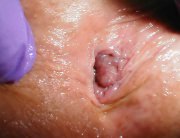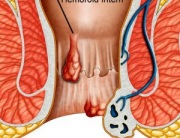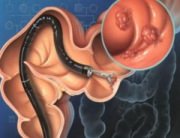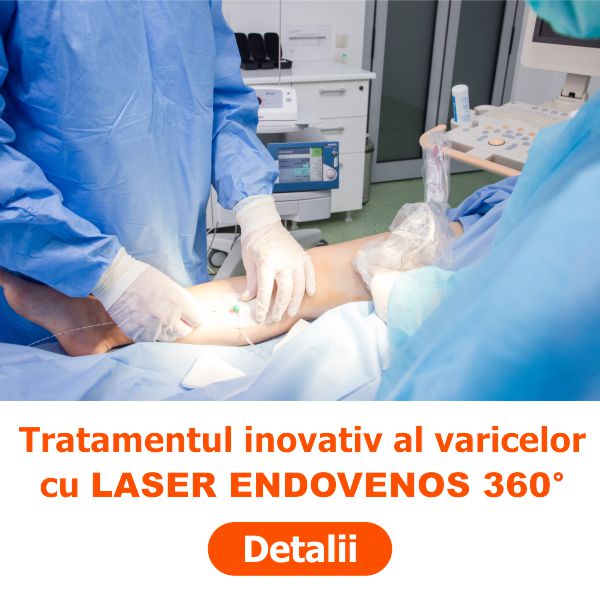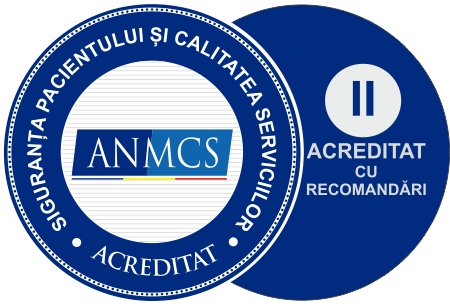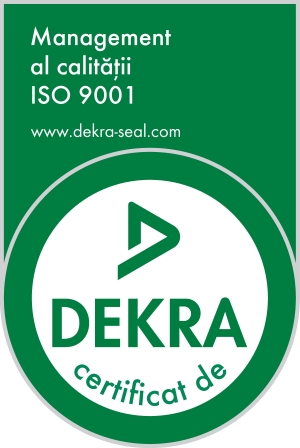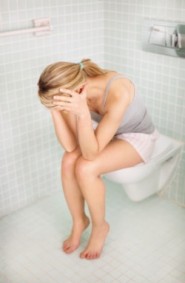 medical haemorrhoid treatment supposes the attenuation of the acute haemorrhoid symptoms, especially very acute pain. Doctors recommend a fluid- and fibre-rich diet. Eating proper quantities of fibres and drinking 6-8 glasses of liquid a day (other than alcohol) will help obtain a softer and more consistent stools. A smooth stool facilitates bowel emptying and helps stabilize the pressure on the haemorrhoids caused by constipation. The elimination of constipation also prevents the onset of haemorrhoids. Fruit, vegetables and all cereals are excellent sources of fibre.
medical haemorrhoid treatment supposes the attenuation of the acute haemorrhoid symptoms, especially very acute pain. Doctors recommend a fluid- and fibre-rich diet. Eating proper quantities of fibres and drinking 6-8 glasses of liquid a day (other than alcohol) will help obtain a softer and more consistent stools. A smooth stool facilitates bowel emptying and helps stabilize the pressure on the haemorrhoids caused by constipation. The elimination of constipation also prevents the onset of haemorrhoids. Fruit, vegetables and all cereals are excellent sources of fibre.
In some cases, haemorrhoids must be treated endoscopically or surgically . These methods are used to shrink and destroy the haemorrhoidal tissue. The doctor will perform the procedure during an office or hospital visit. A number of methods may be used to remove or reduce the size of haemorrhoids. Major surgery for haemorrhoids can generally be avoided in favour of more sophisticated and often painless methods of treatment.
Symptom relief methods include:
- sitz baths several times a day in warm water, for 10 minutes;
- the application of haemorrhoid ointments or suppositories in the affected area for a limited period of time;
- to prevent haemorrhoid relapse, pressure release will be required and constipation needs to be avoided.
Non-surgical methods of treatment are available to most patients as a viable alternative to a permanent haemorrhoid cure, and they include:
Bipolar Coagulation
Bipolar electrotherapy is applied for a directed coagulation effect of the mucous membrane near the haemorrhoid.
HAL
Haemorrhoidal Arterial Ligation (H.A.L.) is performed using a modified proctoscope in conjunction with a Doppler ultrasound flowmeter A needle and thread is passed beneath the artery, and a knot is externally tied, to stop the blood flow to the haemorrhoid.
Photocoagulation
A device called a photocoagulator focuses infrared light into a fine point at the end of a probe, which spot-welds the haemorrhoid in place. This is used for haemorrhoids that are actively bleeding.
Rubber Banding
It is a painless haemorrhoid treatment method. A special instrument fits a small rubber band over part of the haemorrhoid. A tight rubber band stops the blood flow into the pinched-off portion, which falls off in about a week. This technique is widely used for haemorrhoids protruding into the anal canal. For patients with a lesser degree of prolapse, rubber band ligation is currently the most widely used procedure in the United States and in Europe for the treatment of internal haemorrhoids. In this procedure, the haemorrhoidal tissue is pulled into a double sleeved cylinder to allow the placement of latex/rubber bands around the tissue. Overtime, the tissue below the bands dies off and is eliminated during a bowel movement.
Rubber band ligation can be performed in a doctor’s office and requires little preparation. Often, however, there is the need for more than one procedure to resolve a patient’s condition. Rubber band ligation is most effective when combined with a sclerotherapy injection for prolapse.
Injection
To shrink the haemorrhoid and its blood vessels, medicine is injected into the mucous membrane near the haemorrhoid. This method is reserved for the smallest of haemorrhoids.
Freezing:
A cryogenic device uses liquid nitrogen to freeze the haemorrhoid. This causes the affected tissue to slough off, so that new healthy tissue can grow in its place. This technique is most effective when it is used on external haemorrhoids.



